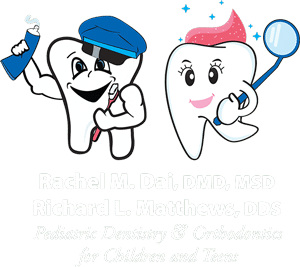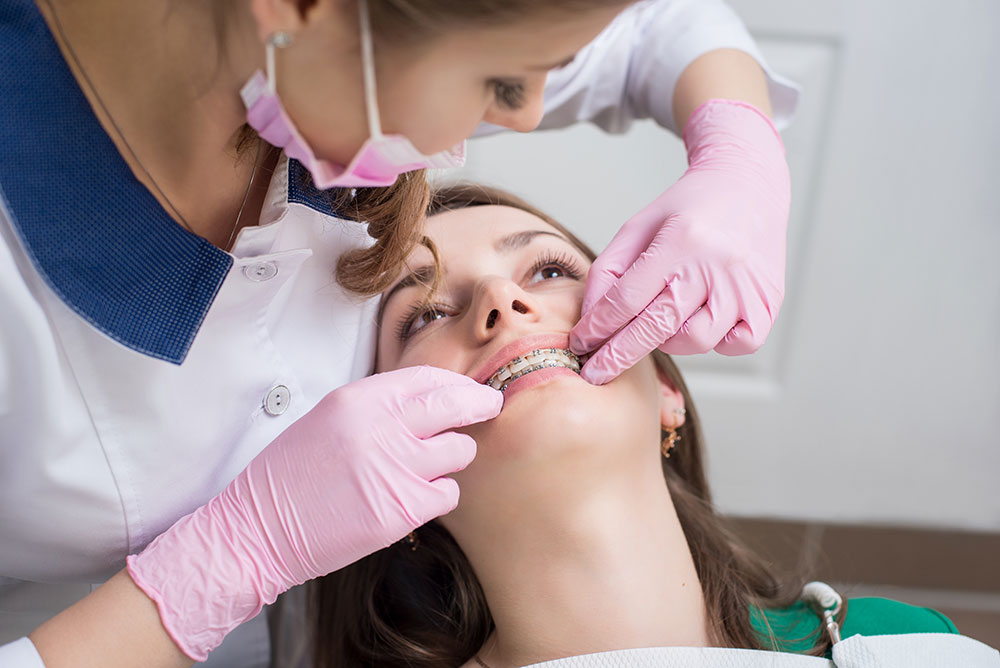What Does Legacy Orthodontics Mean?
What Does Legacy Orthodontics Mean?
Blog Article
The Only Guide to Legacy Orthodontics
Table of ContentsWhat Does Legacy Orthodontics Do?What Does Legacy Orthodontics Do?Excitement About Legacy OrthodonticsThe Only Guide for Legacy OrthodonticsThe Best Strategy To Use For Legacy Orthodontics
At Advanced Orthodontics, we provide patients with a all natural treatment experience. In enhancement, we provide adjustable treatment routines, versatile payment alternatives and a fun, pleasurable experience. invisalign. Call ( 480) 357-4900 today to learn more and timetable a visit.An orthodontist is a dentist trained to detect, avoid, and treat teeth and jaw abnormalities. Orthodontists work with people of all ages, from youngsters to adults.
Malocclusion, or misaligned teeth, can result in oral issues, including dental caries, gum tissue illness, and difficult or agonizing chewing. But not every person is birthed with straight teeth. If you have a negative bite or large spaces in between your teeth, you might want to seek advice from a dental expert focusing on orthodontic treatment.
What Does Legacy Orthodontics Mean?
( Picture Credit Report: DigitalVision/Getty Images) Orthodontists make use of repaired and detachable oral gadgets, like braces, retainers, and bands, to transform the position of teeth in your mouth. Orthodontic treatment is for dental irregularities, including: Misaligned teethBite issues, like an overbite or an underbiteCrowded teeth or teeth that are as well far apartJaw misalignmentThe goal of orthodontic therapy is to boost your bite.
A healthy and balanced bite guarantees you can consume, eat, and talk effectively. While you could assume of orthodontists as mostly for youngsters or teens that need dental braces, they can deal with dental problems at any kind of age. Orthodontists participate in college, dental college, and orthodontic institution. After college graduation, they invest 2 or 3 years in an orthodontic residency program.
All orthodontists are dental professionals, however not all dental professionals are orthodontists. Orthodontic residency programs provide intensive, concentrated instruction for oral professionals. They concentrate on two locations: Just how to effectively and securely move teeth Just how to appropriately direct development in the teeth, jaw, and faceOnce an orthodontist has actually finished training, they have the option to become board accredited.
Not known Incorrect Statements About Legacy Orthodontics
Malocclusion leads to tooth overcrowding, a twisted jaw, or uneven bite patterns. Malocclusion is generally treated with: Your orthodontist connects metal, ceramic, or plastic square bonds to your teeth.
Some people need a headgear to help relocate teeth into line with stress from outside the mouth. A retainer is a personalized gadget that maintains your teeth in location.
They can create additional area in the mouth without having to pull teeth. Orthodontists make use of cords, surgical screws, or plates to support your jaw bone.
You may need to see an orthodontist if you have: Crowding or otherwise sufficient room for all of your teethOverbite, when your top teeth come by your base teethUnderbite, when your bottom teeth are too far forwardSpacing or problems with gapsCrossbite, which is when your top teeth fit behind your bottom teeth when your mouth is closedOpen bite or a vertical void in between your front base and upper teethMisplaced midline, when the facility of your base and top teeth do not line up Fixing a dental malocclusion can: Make attacking, eating, and talking easierImprove the symmetry of our face and your overall appearanceEase discomfort from temporomandibular joint disordersSeparate your teeth and make them easier to clean, aiding protect against dental caries or cavities It's usually a dental expert that initially notices misaligned teeth during a routine test.
The Only Guide to Legacy Orthodontics

During your initial orthodontic consultation, you'll likely have: A dental examPhotos taken of your face and smileDental X-raysPanoramic (360 level) X-rays of your face and headImpressions to produce molds of your teethThese examinations will certainly aid your orthodontist understand how to wage your treatment. orthodontist. An orthodontist is a dental professional that's had training to treat your teeth and jaw
Orthodontists might do surgical treatment, exams,X-rays,and even more to help you obtain a much more comfortable, much healthier smile. An orthodontist is concentrated on your bite, so something like a broken tooth would certainly be taken care of by a dental practitioner. Orthodontists are dental practitioners however not all dental experts are orthodontists. Orthodontists are concentrated on your bite, or the way your teeth meshed, and the straightness of your teeth.
Ever wondered just how celebrities constantly appear to have perfectly straightened teeth? Orthodontists are dental specialists who concentrate on remedying abnormalities in the teeth and jaws.
The 5-Minute Rule for Legacy Orthodontics

While braces are one of the most generally identified orthodontic therapy, orthodontists have a varied toolkit at their disposal. The certain strategy picked depends upon the seriousness of the case, the individual's age, and individual choices. These tried-and-true braces make use of a system of brackets bonded to the teeth and linked by cables.
Clear aligners, like Invisalign, are a preferred choice for clients seeking a more very discreet therapy alternative. These detachable trays are tailor-made to progressively move the teeth's setting. Headgear may be made use of in combination click this with dental braces or aligners to use extra targeted forces, especially for dealing with jaw inconsistencies. In situations of narrow jaws, palatal expanders can be utilized to develop space for proper tooth placement.
Report this page